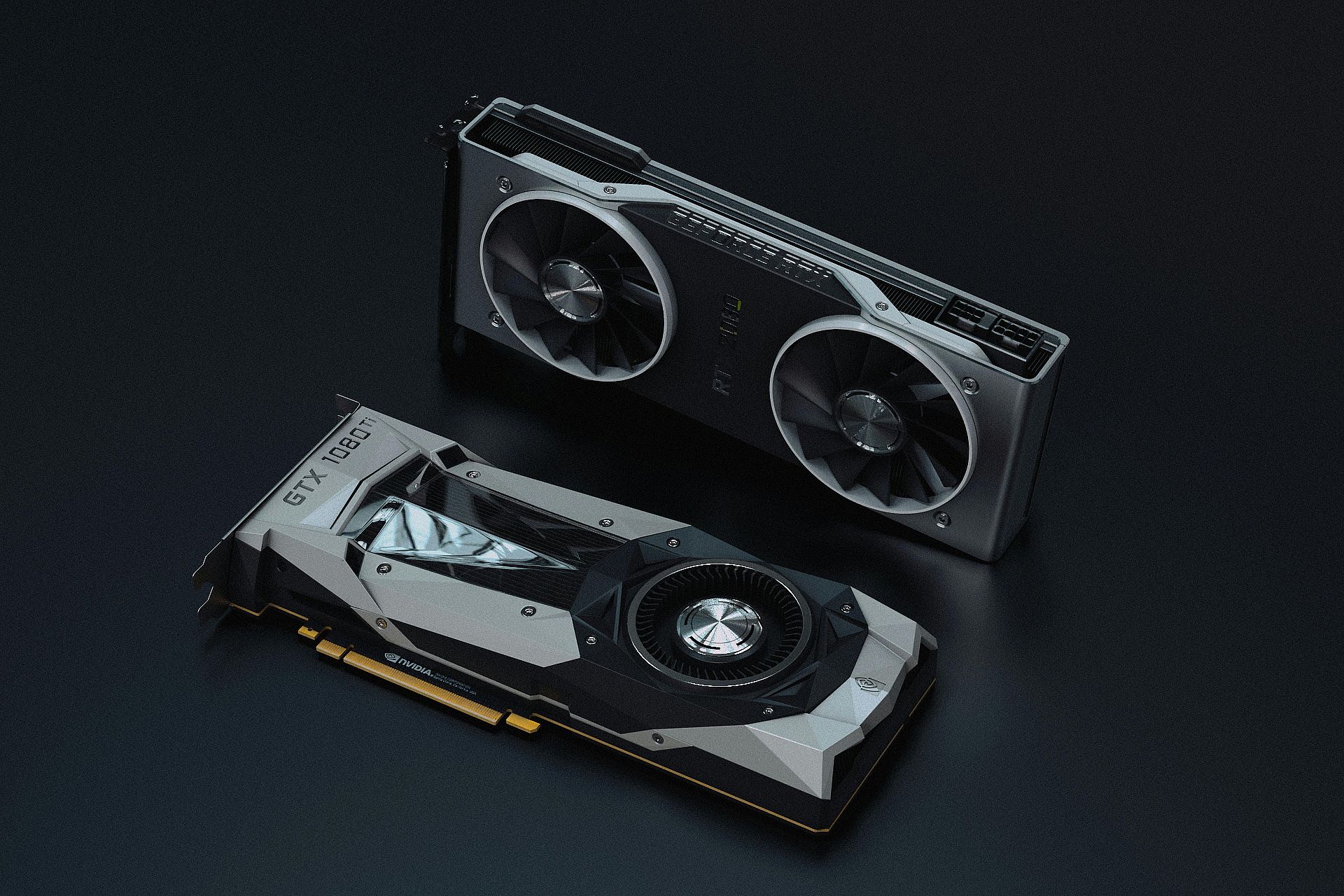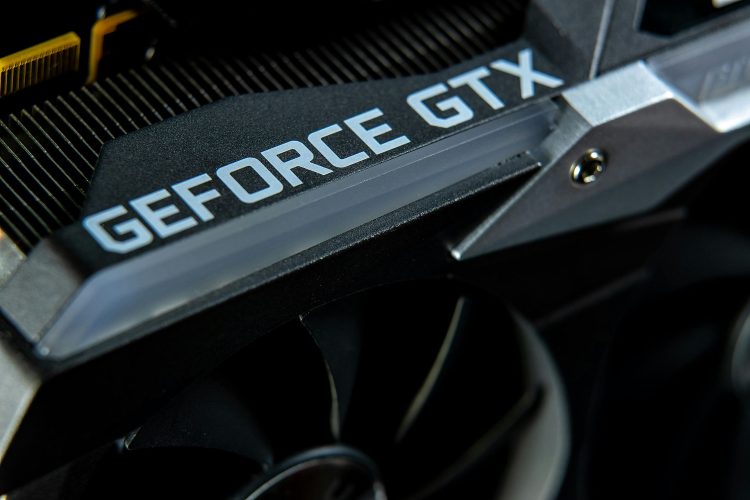Nvidia GTX discontinued! The era of Nvidia’s GeForce GTX graphics cards has officially drawn to a close, marking the end of an iconic chapter in the world of PC gaming. With the recent shipment of the final GTX 16 series GPUs to its board partners, Nvidia has signaled the discontinuation of all non-RTX graphics cards, effectively closing the curtain on a beloved lineup that has played a significant role in shaping the gaming landscape.
But why did Nvidia make this choice? It’s not just one thing, but a mix of reasons. From how graphics cards are built to new technology like ray tracing, Nvidia had to consider a lot before deciding to say goodbye to GTX, and we gathered all in this article.

Why is the Nvidia GTX discontinued?
Nvidia’s decision to discontinue the GeForce GTX lineup stems from several key factors that reflect the shifting landscape of GPU technology and market demands.
- Evolution of GPU architecture: Over the years, Nvidia has continuously innovated its GPU architectures to enhance performance, efficiency, and feature sets. The introduction of the RTX series marked a significant leap forward with the integration of real-time ray tracing technology, a groundbreaking advancement in rendering capabilities. As a result, Nvidia shifted its focus towards the development and promotion of RTX GPUs, which offer superior performance and cutting-edge features compared to the older GTX architecture.
- Rise of Ray Tracing technology: Ray tracing, a rendering technique that simulates the behavior of light in a virtual environment, has revolutionized the gaming industry by delivering unprecedented levels of visual realism and immersion. Nvidia’s RTX GPUs are specifically designed to leverage ray tracing capabilities, allowing for more lifelike graphics and enhanced gaming experiences. As ray tracing gains traction among developers and gamers alike, the demand for GPUs that support this technology has grown significantly, prompting Nvidia to prioritize the production and promotion of RTX cards over GTX models.

- Competitive landscape: In addition to Nvidia’s internal developments, the competitive landscape of the GPU market has also influenced the decision to discontinue the GTX lineup. Competitors such as AMD have been introducing their own advancements in GPU technology, offering alternatives to Nvidia’s offerings. To maintain its competitive edge and capture market share, Nvidia has focused on advancing its RTX architecture and expanding its portfolio of ray tracing-enabled GPUs, thereby phasing out the older GTX models to streamline its product lineup and better align with evolving market trends.
- Consumer preferences and value proposition: While GTX GPUs have enjoyed widespread popularity and acclaim among gamers for their performance and affordability, the value proposition of these cards has diminished in comparison to newer RTX models. With the availability of budget-friendly RTX options offering superior performance and features, consumers have increasingly gravitated towards these newer offerings, relegating GTX cards to a less competitive position in the market. Nvidia’s decision to discontinue the GTX lineup reflects a strategic shift towards catering to consumer preferences and aligning its product offerings with evolving demands and technological advancements.
In summary, the discontinuation of the Nvidia GeForce GTX lineup can be attributed to the evolution of GPU architecture, the rise of ray tracing technology, competitive pressures, and shifting consumer preferences. By phasing out the GTX series and prioritizing the development and promotion of RTX GPUs, Nvidia aims to remain at the forefront of innovation in the gaming industry and deliver cutting-edge graphics technology to gamers worldwide.
Featured image credit: Sergei Starostin/Pexels





